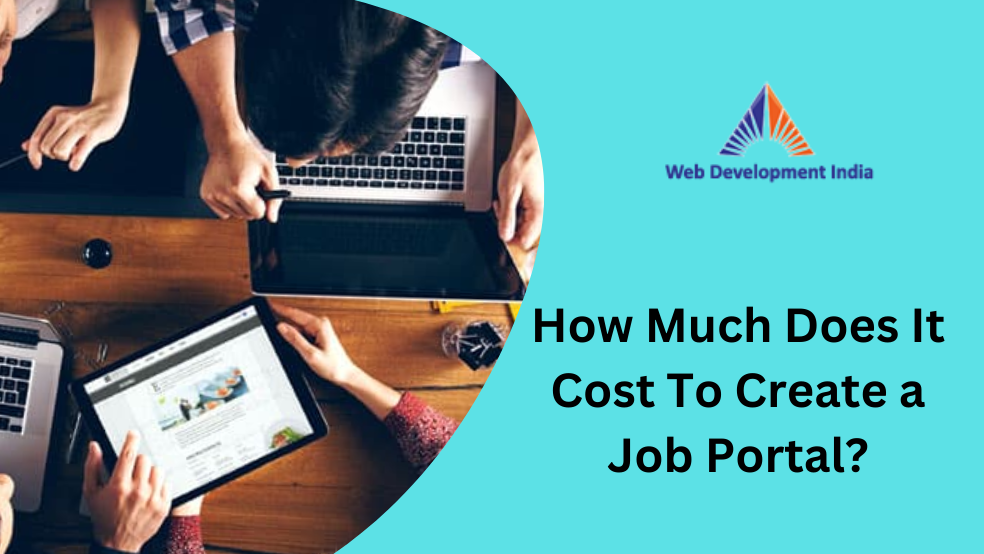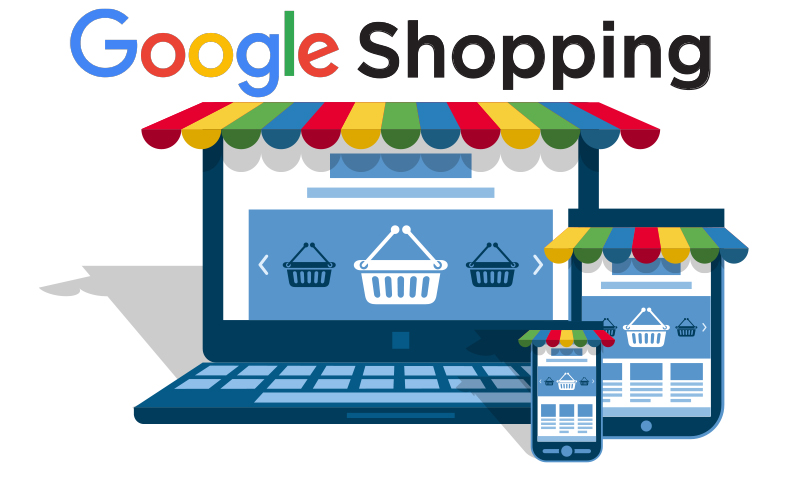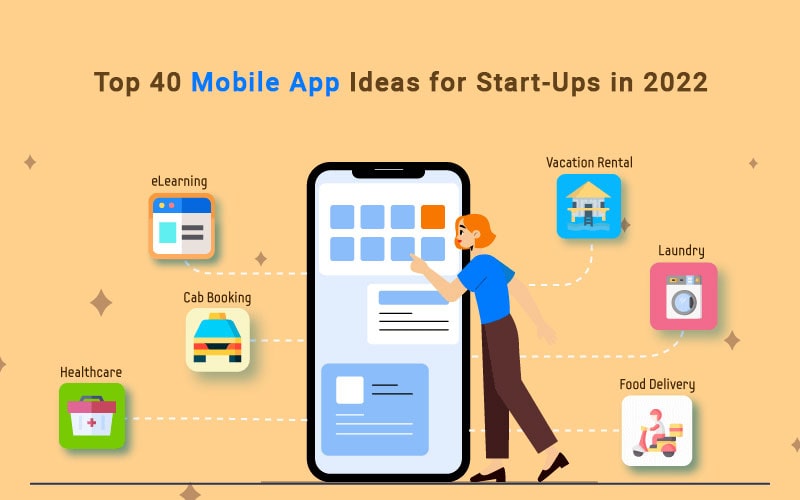How Much Does It Cost To Create a Job Portal

Table of Contents
Summary:
Creating a job portal typically costs between $13,00 to $50,00 depending on features and complexity. This includes development, design, database setup, and testing. Additional ongoing costs may include hosting, maintenance, and updates.
Job Portal Development Cost
In today’s digital age, job portals play a crucial role in connecting job seekers with employers. Whether you’re aiming to create a niche job board or a comprehensive platform catering to various industries, understanding the costs involved is essential. Here’s a detailed breakdown of what to expect:
1. Development Costs:
- Website Development: Costs can range from $5,000 to $50,000 or more, depending on complexity, design, and customization.
- Frontend Development: Approximately $3,000 to $15,000, depending on design complexity and responsiveness requirements.
- Backend Development: Typically ranges from $10,000 to $50,000, depending on database complexity, user management features, and integration needs.
2. Features and Functionality:
- User Authentication and Profiles: Around $2,000 to $5,000, depending on security measures and customization.
- Job Listing and Management: Approximately $5,000 to $20,000, including features like job posting, editing, and management tools.
- Search and Matching Algorithms: Advanced algorithms can add $5,000 to $20,000, depending on complexity and customization.
- Communication Channels: Integration of messaging systems may cost $3,000 to $10,000, including notifications and alerts.
3. Technological Infrastructure:
- Hosting: Costs can start from $50 to $500 per month, depending on server requirements and scalability needs.
- Domain Name: Typically costs $10 to $20 per year, depending on the chosen domain name.
- Security: Implementing SSL certificates and security measures may cost $1,000 to $5,000 initially, with ongoing maintenance costs.
4. Maintenance and Support:
- Bug Fixes and Updates: Ongoing maintenance costs can range from $1,000 to $5,000 per month, depending on the complexity of the portal.
- Customer Support: Costs for providing support may vary, but budgeting $500 to $2,000 per month is common for small to medium portals.
5. Marketing and Promotion:
- SEO and Digital Marketing: Costs can vary widely, but initial SEO setup and ongoing optimization efforts may cost $1,000 to $5,000 per month.
- Partnerships and Networking: Expenses for networking events, partnerships, and collaborations can vary greatly based on strategy and scale.
6. Legal and Compliance:
- Data Privacy: Budgeting for legal advice and compliance efforts can range from $2,000 to $10,000, depending on regulatory requirements.
7. Miscellaneous Costs:
- Analytics Tools: Implementing analytics tools may cost $500 to $2,000 initially, with ongoing subscription fees.
- Third-Party Integrations: Costs vary based on the number and complexity of integrations, budgeting $1,000 to $10,000 or more.
Job Portal Features and Their Cost
Feature/Component | Description | Cost (Estimated) |
User Interface | Front-end design for job seekers and employers | $5,000 – $10,000 |
User Registration | Account creation and management | $2,000 – $5,000 |
Job Listing | Posting, browsing, and searching jobs | $3,000 – $8,000 |
Resume/CV Upload | Capability for users to upload resumes/CVs | $2,000 – $5,000 |
Search Functionality | Advanced search filters for job seekers | $3,000 – $7,000 |
Application Tracking | Tracking applications and statuses | $4,000 – $10,000 |
Messaging System | Communication between job seekers and employers | $3,000 – $6,000 |
Admin Panel | Dashboard for site administrators to manage content | $5,000 – $12,000 |
Payment Gateway | Integration for job posting fees and premium services | $3,000 – $8,000 |
Analytics | Tracking and reporting of site usage and job application data | $4,000 – $9,000 |
Mobile Responsiveness | Optimization for mobile devices | $2,000 – $5,000 |
Security Features | Measures like SSL, data encryption, and user authentication | $3,000 – $7,000 |
Integration APIs | APIs for integrating with external services (LinkedIn, etc.) | $3,000 – $8,000 |
SEO Optimization | Enhancing visibility on search engines | $2,000 – $6,000 |
Customer Support | Helpdesk and support services | $3,000 – $7,000 |
Upgrades and Maintenance | Ongoing updates and bug fixes | $4,000 – $10,000 per year |
Factors Affecting Job Portal Website Development Cost
Here’s a more detailed exploration of how each factor influences both the cost and the overall impact on the development of a job portal website.
Working with the Website Development Company in India can help you navigate these factors efficiently. The Best Website Development Company in India offers expert guidance and cost-effective solutions to ensure your job portal website meets all requirements and performs optimally
1. Functionality and Features:
- Cost Impact: More features and complex functionalities increase development time and effort, directly impacting costs. For example, integrating AI-based job matching algorithms or video interviewing capabilities requires specialized development skills.
- Advanced features enhance user experience and competitiveness in the market. They can attract more users and improve engagement but require careful planning to balance cost-effectiveness with functionality.
2. Design and User Experience (UX/UI):
- Cost Impact: Custom designs and responsive layouts typically involve higher design and development costs. Ensuring intuitive navigation and appealing aesthetics also adds to the budget.
- A well-designed UX/UI improves user satisfaction and retention, leading to higher user engagement and potentially reducing bounce rates. This can translate into increased traffic and better conversion rates for job postings.
3. Technology Stack:
- Cost Impact: Choosing technologies with higher developer costs (e.g., using React or Angular) can increase upfront expenses but might improve scalability and performance.
- The right technology stack affects the website’s speed, reliability, and scalability. It can impact user experience, SEO rankings, and long-term maintenance costs.
4. Integration Requirements:
- Cost Impact: Integrating with external systems or APIs requires additional development time and expertise, increasing costs.
- Seamless integrations improve functionality (e.g., integrating with ATS or social media platforms) and can provide competitive advantages by offering comprehensive solutions to users and employers.
5. Security Requirements:
- Cost Impact: Implementing robust security measures involves additional development and testing efforts, increasing initial costs.
- Strong security enhances user trust and compliance with regulations, protecting sensitive user data and preventing breaches that could damage reputation and incur legal liabilities.
6. Scalability:
- Cost Impact: Designing for scalability may involve higher initial infrastructure costs and architectural planning.
- Scalability ensures the website can handle growing traffic and data volumes without performance degradation, supporting business growth and reducing future redevelopment costs.
7. Testing and QA:
- Cost Impact: Significant. Larger projects with more pages, features, and custom requirements will require more time and resources, thus increasing costs.
8. Maintenance and Support:
- Cost Impact: Comprehensive testing requires additional resources and time, impacting development costs.
- Thorough testing reduces post-launch issues, improves user experience, and ensures the website functions reliably across different devices and browsers, enhancing user satisfaction and brand reputation.
9. Geographical Location of Development Team:
- Cost Impact: Development costs vary widely based on the location of the development team, with higher rates in North America and Western Europe.
- Choosing a development team based on cost versus expertise can affect project timelines, communication efficiency, and overall quality of deliverables.
10. Project Management:
- Cost Impact: Efficient project management practices can reduce overall development costs by minimizing delays and optimizing resource allocation.
- Effective project management ensures timely delivery, adherence to budget, and alignment with business goals, contributing to project success and client satisfaction.
How Long Does It Take To Develop A Job Portal
1. Planning and Requirements Gathering:
- This phase typically takes 2-4 weeks. It involves defining project scope, features, user stories, and technical requirements.
2. Design:
- UI/UX design can take 4-6 weeks, including wireframing, prototyping, and design iterations.
3. Development:
- The actual development time can range from 3 to 6 months or more, depending on the complexity of features, integrations (such as with payment gateways, third-party APIs, etc.), and the size of the development team.
4. Testing and Quality Assurance:
- Testing and QA processes usually take around 2-4 weeks, ensuring the portal is stable, secure, and user-friendly.
5. Deployment and Launch:
- Deploying the job portal to production environment and launching it typically takes around 1-2 weeks, including final checks, performance tuning, and setting up hosting infrastructure.
6. Post-Launch Support and Maintenance:
- Ongoing support and maintenance are essential after launch, with the intensity depending on user feedback and any bugs/issues that arise.
What are Must-have Features to Develop an Job Portal
To develop a comprehensive job portal that meets the needs of both job seekers and employers, you should consider integrating the following must-have features.
Partnering with a Website design in India can help you implement these features effectively. A Website design company in India ensures that your job portal is not only functional but also visually appealing and user-friendly
For Job Seekers:
1. User Registration and Profiles:
- Users can create profiles with essential details (resume/CV upload, contact information, skills, etc.).
- Enable social media login for ease of registration.
2. Job Search and Filters:
- Advanced search functionality with filters (location, industry, salary range, job type, etc.).
- Keyword search capability to find specific job titles or descriptions.
3. Job Listing and Notifications:
- Display jobs with clear descriptions, requirements, and application deadlines.
- Allow job seekers to save jobs, apply filters, and receive email or push notifications for new postings.
4. Application Tracking:
- Provide a dashboard for job seekers to track their applications, view application status, and receive updates from employers.
5. Resume/CV Builder:
- Offer tools for creating, editing, and formatting resumes/CVs.
- Allow for multiple versions of resumes to be stored and managed.
6. Career Resources and Advice:
- Include a section with articles, blogs, and tips related to job hunting, career development, interview preparation, etc.
7. Communication Tools:
- Enable messaging or chat functionalities between job seekers and employers/recruiters.
- Facilitate scheduling of interviews or meetings.
For Employers/Recruiters:
1. Company Profiles:
- Allow employers to create detailed profiles showcasing their company, culture, benefits, etc.
2. Job Posting and Management:
- Easy-to-use interface for posting jobs with options to specify job details, requirements, and application process.
- Ability to edit, deactivate, or repost job listings.
3. Candidate Management:
- Tools for reviewing applications, shortlisting candidates, and communicating with applicants.
- Integration with applicant tracking systems (ATS) for efficient candidate management.
4. Analytics and Reporting:
- Provide insights into job posting performance, applicant demographics, and other relevant metrics.
- Reports on the effectiveness of recruitment campaigns.
5. Employer Branding Tools:
- Options for promoting employer branding through featured job listings, company profiles, and sponsored content.
6. Integration and Customization:
- API integration with other platforms (such as social media, job boards, HR software).
- Customizable features to align with specific branding or workflow needs.
7. Payment Gateway Integration (if applicable):
- Secure payment processing for premium job postings or featured listings.
General Features:
1. Security Features:
- Robust authentication and authorization mechanisms.
- Data encryption for protecting user information.
2. Responsive Design:
- Ensure the portal is mobile-friendly and accessible across different devices.
3. SEO Optimization:
- Implement SEO best practices to improve visibility in search engines and attract organic traffic.
4. Feedback and Rating System:
- Allow users to rate employers/companies based on their experience.
- Provide feedback mechanisms for improving user experience.
5. Legal Compliance:
- Ensure compliance with data protection regulations (such as GDPR, CCPA) and industry standards.
Looking for a good team
for your next project?
Web Development India is a leading web development company in India, with an expert team of over 50 + website developers, designers and SEO Specialists.
Contact us today to transform your online presence with top-notch website development Services !



